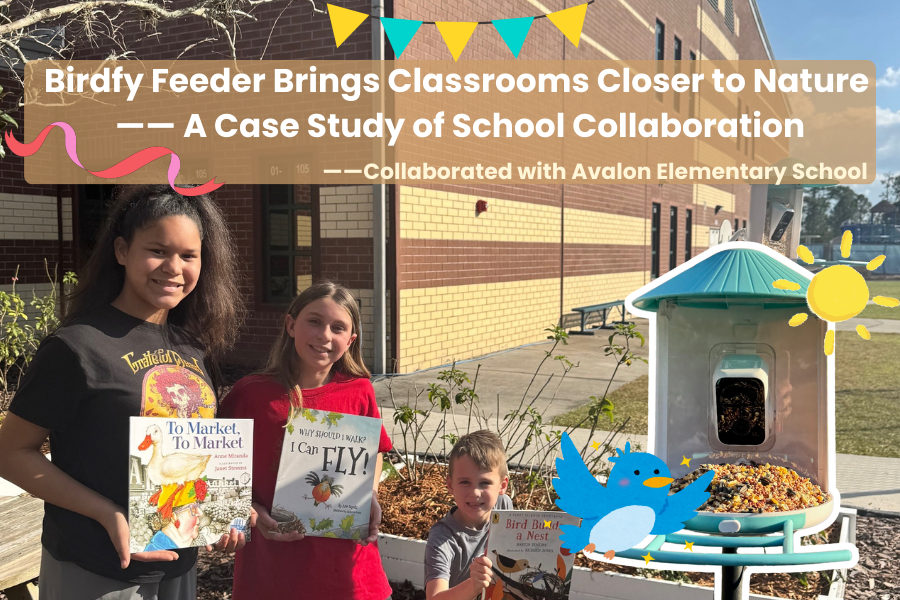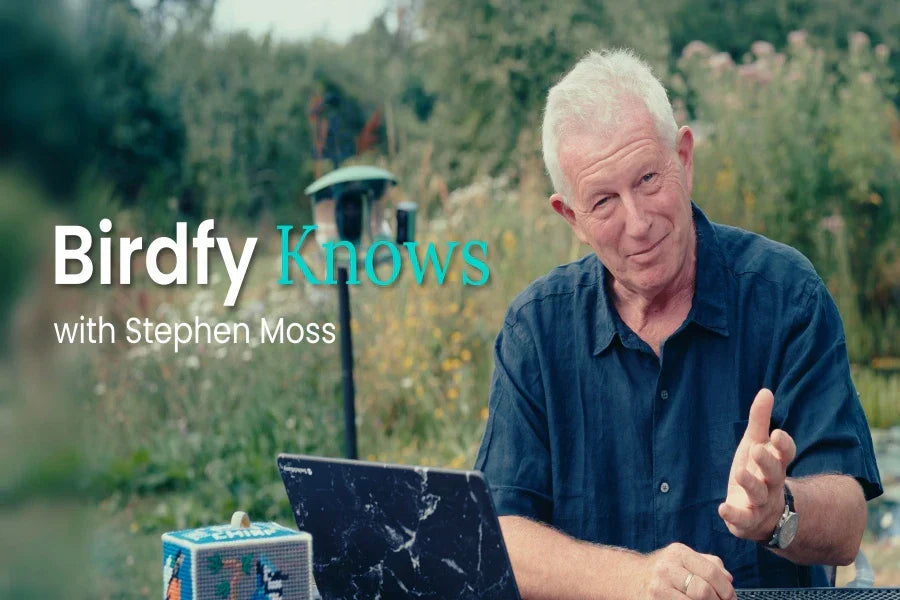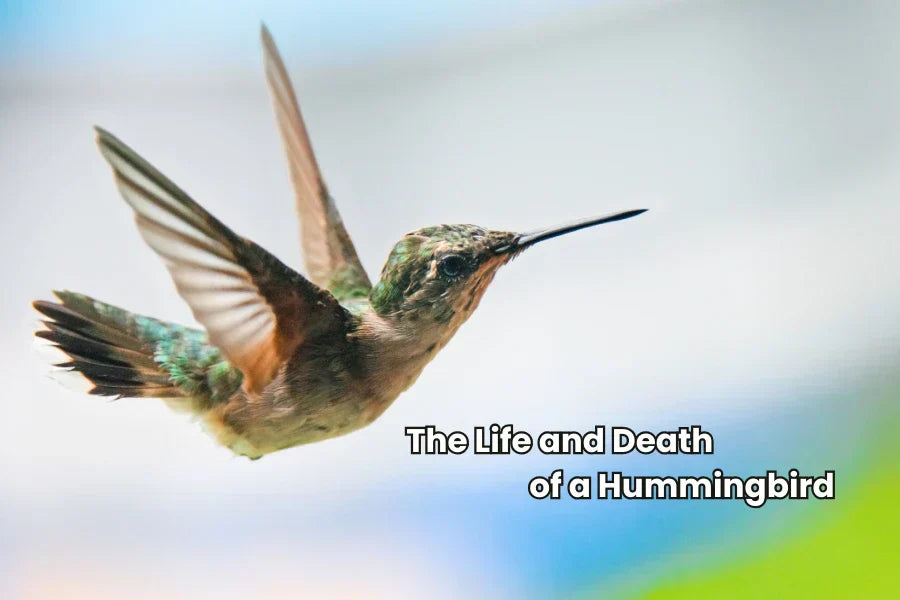With Grandparents' Day approaching, it is a special day for you to show your love, appreciation and give Grandparents Day gifts to your grandma and grandpa. But before you do that you first need to know when to celebrate Grandparents' Day. So, when is Grandparents' Day in 2025? And when did Grandparents' Day come into being? This blog can help you find the answer.
When is Grandparents Day 2025?
Grandparents Day in 2025 will be celebrated on Sunday, September 7, 2025.
Is Grandparents Day the same date every year?
No, it is not on the same calendar date every year, but it is observed on the same day. In the United States, National Grandparents Day is always celebrated on the first Sunday after Labor Day, which places it in early September each year.
For example:
2024: Sunday, September 8
2025: Sunday, September 7
2026: Sunday, September 13
2027: Sunday, September 12
When did Grandparents Day start?
The concept was championed by Marian McQuade, a housewife from West Virginia, who wanted to encourage families to visit their elderly relatives in nursing homes. After years of advocacy, President Jimmy Carter officially signed the proclamation on August 3, 1978, declaring the first National Grandparents Day to be celebrated in 1979.
Is there an official Grandparents Day?
Yes, in the United States, National Grandparents Day is an official secular holiday established by federal proclamation.
What is the official flower of Grandparents Day?
The official flower is the forget-me-not, symbolizing enduring love and remembrance. Many families also choose to celebrate with seasonal flowers or personal favorites of their grandparents, like sunflowers, roses, and lilies.
Do schools still do Grandparents Day?
Yes, many schools, particularly elementary and middle schools, actively celebrate Grandparents Day. They often host special events where grandparents are invited to visit the classroom, participate in activities, watch performances, and share stories with their grandchildren and their classmates.
What is the theme for Grandparents Day 2025?
As of now, an official theme for 2025 has not been announced. The holiday's overarching purpose, as stated in the original proclamation, is always to honor grandparents and give them an opportunity to show love for their children’s children, and to help children become aware of the strength, information, and guidance older people can offer. Themes used by schools or communities are often local creations.
Grandparents Day Gift Ideas: Celebrating a Timeless Bond
Grandparents Day is more than just a date on the calendar; it's a heartfelt opportunity to pause and honor the pillars of our families. These incredible individuals offer a unique blend of unconditional love, cherished wisdom, and often, the best cookies you’ll ever taste. Finding the perfect gift to express our gratitude can sometimes be a challenge. The best gifts are never the most expensive ones; they are the ones that come from the heart, encapsulating love, memory, and connection. This section explores a variety of thoughtful Grandparents Day gift ideas, categorized to help you find the perfect token of appreciation for the extraordinary grandparents in your life.
A Gift That Brings Nature to Their Backyard
If your grandparents love birds or simply enjoy peaceful moments in the garden, the Birdfy Feeder 2 Pro makes an unforgettable gift. This smart bird feeder not only attracts beautiful feathered visitors but also comes with an AI-powered camera that identifies bird species in real time. Your grandparents can watch live footage on their phone or tablet, capture photos and videos, and even share them with the whole family.
It’s more than just a bird feeder—it’s an experience. Every time a new bird visits, it sparks curiosity, joy, and conversation. For grandparents who may spend more time at home, the Birdfy Feeder 2 Pro provides daily moments of wonder and connection to the natural world right outside their window. See what Techradar has to say about this product!
The Priceless Gift of Time and Experience
For many grandparents, material possessions are less important than shared experiences and quality time. Their greatest joy often comes from simply being with their family.
Plan a Themed Day Trip: Instead of a generic visit, plan an outing based on their interests. Are they history buffs? A day at a local museum or historical site followed by lunch at a classic diner can be magical. Love nature? A leisurely stroll through a botanical garden or a scenic drive with a picnic basket packed with their favorite treats is perfect.
Create a "Coupon" Book: This is a classic for a reason. Handmade coupons can be redeemed for specific acts of service and time together. Ideas include: "One Home-Cooked Meal of Your Choice," "A Week of Tech Support," "An Afternoon of Gardening Help," "A Movie Night of Your Pick," or "A Long Walk and Conversation."
Interview Them and Record Their Stories: Your grandparents are living libraries of personal and historical history. Set aside an afternoon to formally interview them. Prepare questions about their childhood, how they met, their first job, and cherished family memories. Record the audio or video. This gift not only shows you value their life stories but also creates a priceless family heirloom for generations to come.
Cook a Family Recipe Together: Spend an afternoon in the kitchen learning to make a beloved family recipe that has been passed down. The process of cooking together is a bonding experience, and it ensures that those culinary traditions continue.
Handmade and Heartfelt Gifts
Gifts crafted by hand carry an emotional weight that store-bought items simply cannot match. They scream, "I spent my time and effort thinking only of you."
From Grandchildren: The classic handprint painting, a decorated picture frame, or a homemade card are timeless and will be treasured forever. For older grandchildren, a handwritten letter expressing specific reasons why they are loved and appreciated is incredibly powerful.
Customized Family Tree: Create a beautiful visual representation of your family. This can be done artistically on canvas, engraved on wood, or even designed as a sophisticated digital print to be framed.
A Memory Blanket or Quilt: Gather old T-shirts, baby clothes, or meaningful fabrics from throughout the family's history and have them crafted into a cozy, unique quilt. Every square will tell a story.
A Personalized Playlist or Photo Slideshow: Curate a playlist of songs from their youth, their wedding day, or that remind you of them. Pair it with a digital photo slideshow set to the music, featuring scanned old photos and new memories. Watching it together will be a profoundly moving experience.
Practical and Personalized Gifts
These gifts are both thoughtful and useful, seamlessly integrating into their daily lives and reminding them of you constantly.
Subscription Services: A subscription can be the gift that keeps on giving. Consider a subscription to a favorite magazine, a monthly delivery of gourmet coffee or tea, a meal kit service for easy cooking, or a streaming service pre-loaded with profiles for their favorite shows.
Technology for Connection: Help bridge the physical distance. A simple-to-use tablet like a GrandPad, a digital photo frame that you can update remotely with new pictures, or a smart display for video calls (like Amazon Echo Show or Google Nest Hub) can make them feel connected and involved in your daily life.
Comfort and Coziness: High-quality items that offer comfort are always welcome. Think a ultra-soft throw blanket, a luxurious set of slippers, a heated massaging pillow, or a premium tea and coffee set.
Personalized Home Goods: Engraving or custom printing adds a special touch. Consider a cutting board with the family name, cozy mugs with pictures of the grandchildren, a doormat with their last name, or custom-labeled wine with a "Grandma & Grandpa's Vineyard" motif.
The Gift of Health and Wellness
Showing you care about their well-being is a deeply loving gesture.
A Massage or Spa Gift Certificate: Book a relaxing massage, a manicure/pedicure, or another spa treatment for them to enjoy. It’s a wonderful way to help them relax and feel pampered.
Fitness Support: If they are active, a membership to a local pool or community center, sessions with a trainer who specializes in senior fitness, or even a simple set of resistance bands can be supportive.
Meal Preparation: Prepare and freeze a week's worth of healthy, homemade meals for them. This takes a daily chore off their plate and ensures they are eating well.
Organization Help: Offer to help them organize a closet, the garage, or their photo albums. This practical help is often greatly appreciated but rarely asked for.
Conclusion: The Essence of the Perfect Gift
Grandparents Day in 2025 is Sunday, September 7. This special day is a time to honor the grandparents in our lives who provide wisdom, love, and a strong sense of family tradition. The key to celebrating Grandparents Day is to choose a gift or gesture that reflects gratitude and strengthens family bonds. Thoughtful options include the Birdfy Feeder 2 Pro for a daily connection with nature, handmade keepsakes that preserve family memories, food and cooking experiences that celebrate tradition, and flowers that brighten their home and hearts.






